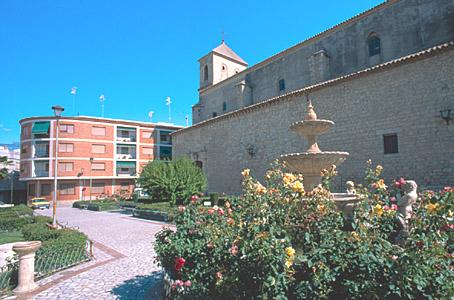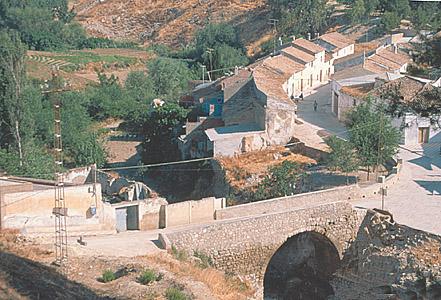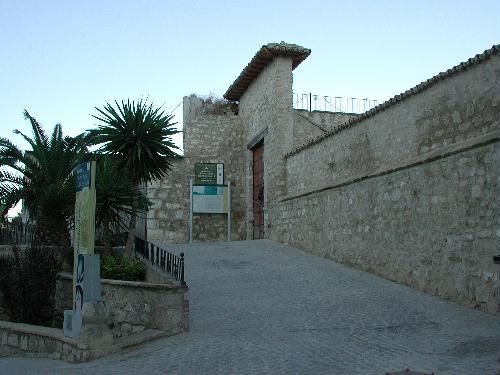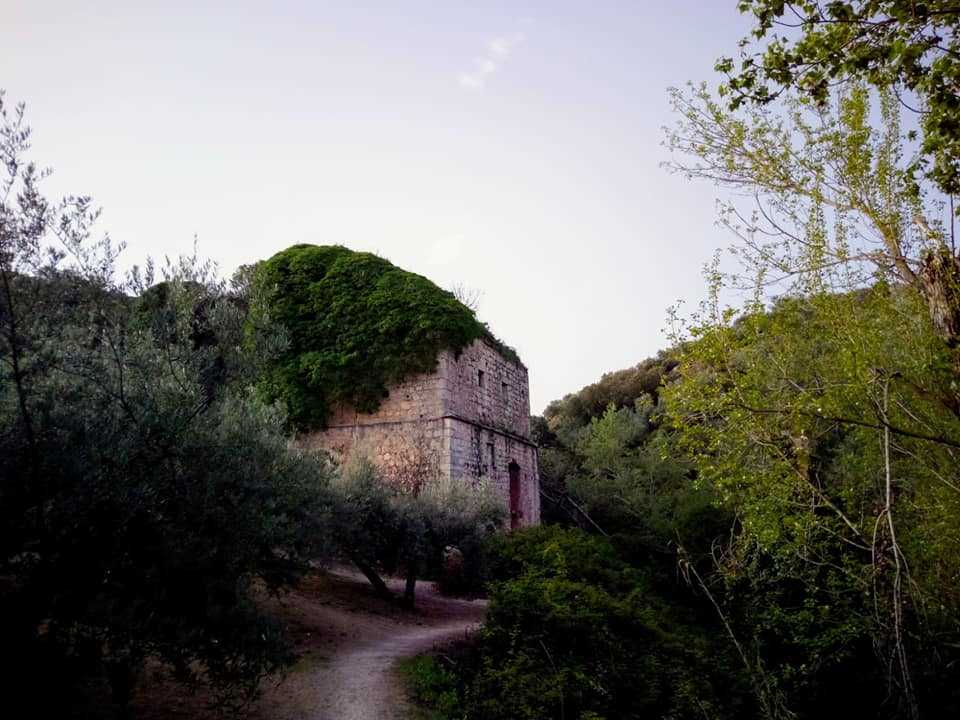Torredonjimeno
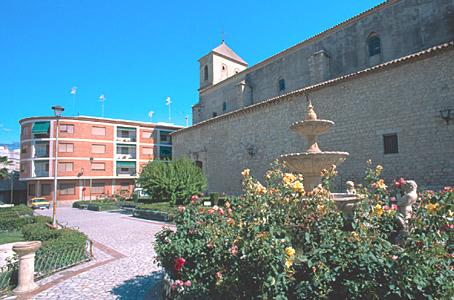
The village, of Roman origin, is situated to the west of the capital, surrounded by olive trees, from which the majority of the village make a living.
The village is divided in two by the road that goes through it. It has some interesting monuments, such as the Castle, the Church of Santa María, the Church of San Pedro, the Chapel of las Dominicas and the Town Hall.
History
The Roman Tucci makes reference to two villages probably inhabited by the "Túrdulos", Martos and Torredonjimeno.
During Roman times, these two villages made up the colony Augusta Gemini, also known as Tuccitana. They were later called Ossaria and Tosiria.
From Visigoth times we had the Treasure of Torredonjimeno, discovered in 1926 and later destroyed after using the gems.
During the al-Andalus period, it was reduced to merely a fortress.
King Fernando III reconquered the village in 1229.
The Order of Calatrava called it Torre-Ximeno and later Torredonximeno.
King Felipe II granted it a royal privilege separating the village from the jurisdiction of Martos and in 1911 King Alfonso XIII made it a city.
Eminent citizens
Ginés Liébana, painter.
Francisco Roldán, sailor and colonizer.
Saints Juana and María, daughters of the Governor Fernández de Martos.
Rafael Álvarez "El Brujo", actor.

Events



